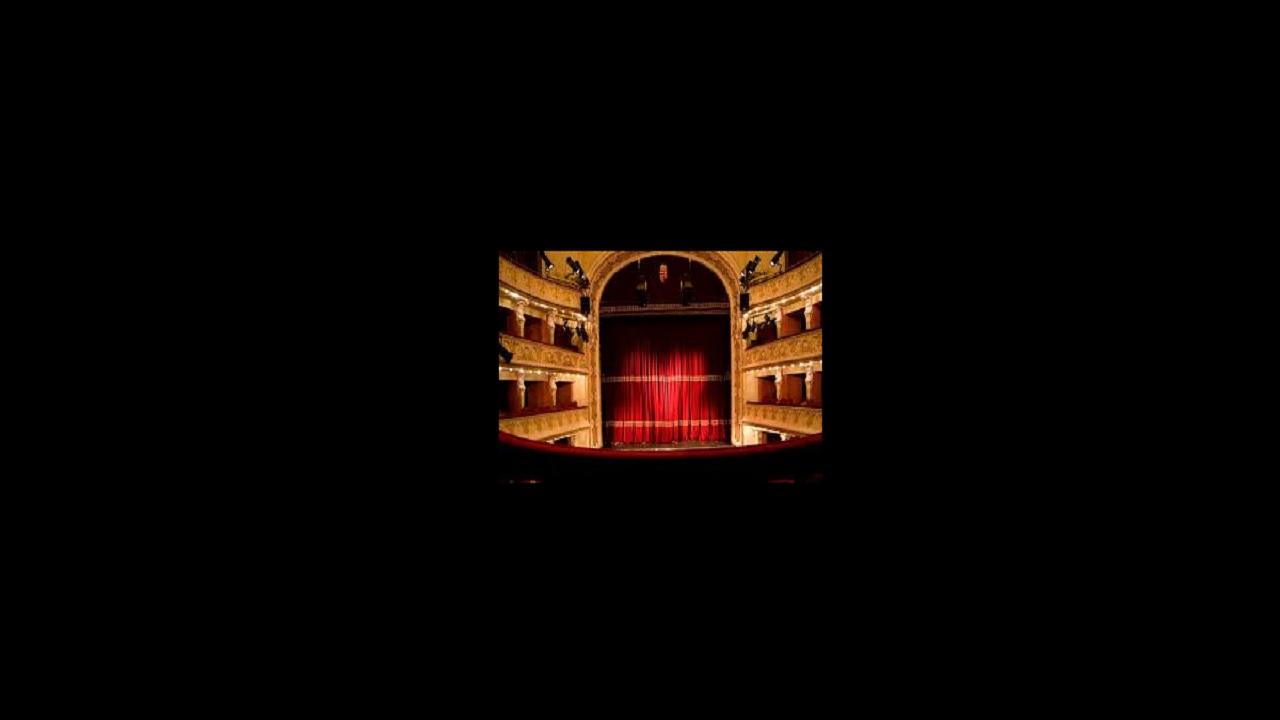All the world’s a stage!
di Redazione Picenotime
venerdì 08 gennaio 2021
The popularity of theater performances and concerts has remained unbroken since ancient times. A theatrical or concert experience turns off, cheers or makes you think. However, it does not matter how the music or the prose performance sounds. Excellent singers, musicians or actors can only unleash their talents if they make their voices heard beautifully and clearly.
Time travel
Even the ancient Greeks appreciated art, music, and acting. Visibility and audibility were important aspects in the design of Greek theaters. Female roles were also played by male actors, wearing masks that could be clearly seen by spectators from a greater distance. Because these theaters usually had a fairly large floor space, the stages and auditorium were designed and constructed so that even the audience sitting farther could hear the music clearly or the speech of the actors in the prose pieces. The acoustics of open-air theater games were also enhanced by the walls of the buildings. The walkways of the stages were made of wood. The woods have very good sound absorption and sound distribution properties. Rising seat rows also contributed to excellent surround sound. The acoustics of ancient Greek theaters are still perfect today. The best example of this is the theater of Epidaurus, which was able to accommodate 8,000 spectators and no sound system was used, yet a flawless, even sound was created.
Shakespeare Theater
In 1599, the Globe Theater, also known as the Shakespeare Theater, was built in London. The circular building is made of wood, mostly dramas were performed here.
The encounter of the bohemian theatrical world with accurate mathematical calculations
In the design and construction of modern theaters, they often focus only on the world of spectacle. But, all of that alone isn’t enough to make the audience really enjoyable and entertaining performances or concerts. Even the farthest seated spectators need to hear the sound of the band or actors well, so acoustic handling of theaters is also essential. The use of materials, the use of sound-absorbing and scattering panels, insonorizzazione, and the consideration of the right shapes and sizes can bring the visual and acoustic experience into line, so that the audience can leave satisfied and in a good mood at the end of the performances. With the help of precise, mathematical calculations and measurements, the conditions for ideal surround sound can be created already during the construction of buildings, but even in the case of subsequent acoustic repairs, mathematical accuracy can provide the perfect solution.
The 6 best concert halls in the world
It opened in 1891 at Carnegie Hall in New York City, also known as the Church of Classical Music.
In 1871, Queen Victoria opened the Royal Albert Hall in London, built on the model of Greek theaters.
In 1973, Queen Elizabeth II inaugurated the Opera House, which had become a symbol of Sydney.
-In 2002, the 12,000-square-foot Helix opened in Dublin.
-The Berlin Philharmonie was built in 1963.
-In 2017, the building of the Elba Philharmonic with the most perfect acoustics in the world was completed in Hamburg.
The Béla Bartók National Concert Hall, one of the most excellent acoustic concert halls in Europe, is located in the Palace of Arts in Hungary.
Theater and music
The quality of music and prose performances depends on acoustic factors. In the old days, music was adapted to venues. In the open space, for example, higher volume, louder instruments, simpler music were typical, in the closed spaces, more complex musical structures and quieter performance methods were used.
The overall picture of theatrical performances will only be complete if, in addition to the careful composition of the scenery and the wonderful performance of the performers, the surround sound of the room is also optimal.

Castel Trosino e il Rifugio Fioretti, un viaggio nel Medioevo per il Festival Culturale dei Borghi Rurali della Laga
lun 30 giugno • Eventi e Cultura

Monticelli Calcio, i giovani Fontana e De Angelis aggregati in prima squadra
lun 30 giugno • Monticelli Calcio

Grottammare: Bandiera Blu, nuovo infopoint sul Lungomare
lun 30 giugno • Comunicati Stampa

La stampa internazionale alla scoperta dei sapori delle Marche rurali
lun 30 giugno • Eventi e Cultura

Ascoli Calcio, per Tomei 52 panchine nel campionato di Serie C con una media punti di 1.27
lun 30 giugno • Ascoli Time

Istituto ''Don G. Bosco'' di Ascoli Piceno tra le scuole vincitrici di ''Rovagnati Stammi Bene''
lun 30 giugno • Comunicati Stampa

Serie C e Decathlon svelano a Firenze il pallone ufficiale per la stagione 2025/2026
lun 30 giugno • Serie C

''Noi Ascoli'', mozione per sospendere i lavori sull’Ascoli-mare: “Situazione inaccettabile ogni estate”
lun 30 giugno • Comunicati Stampa







